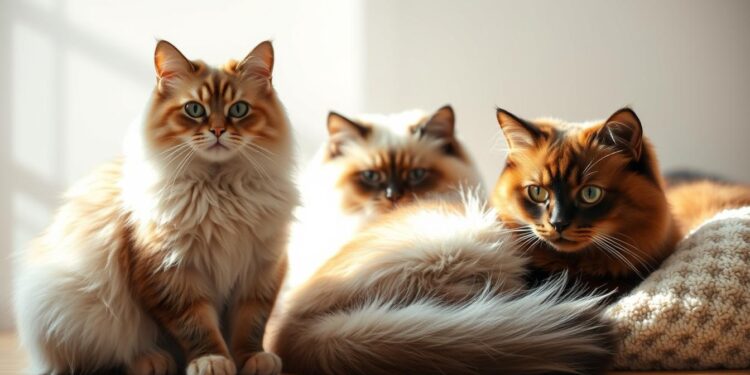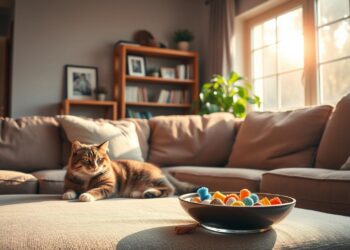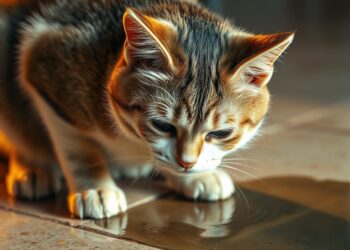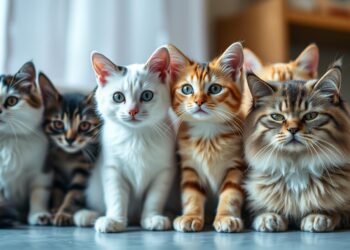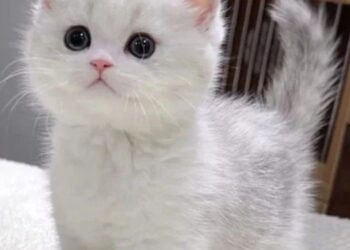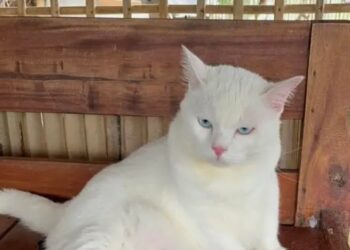For many cat lovers, the joy of owning a pet is often dampened by allergies or the constant cleanup of cat hair. Fortunately, there are several hypoallergenic cat breeds that shed less or not at all, making them ideal for those who suffer from allergies or simply prefer a hair-free home.
Understanding what makes some cat breeds shed less is crucial in finding the perfect companion. Certain breeds, such as the Sphynx, Cornish Rex, and Russian Blue, are known for their low-shedding coats. By choosing one of these breeds, you can enjoy the companionship of a cat without the hassle of excessive hair.
Discovering the right breed can make all the difference, allowing you to appreciate the unique characteristics and affectionate nature of your pet without the drawbacks.
Why Some Cats Shed Less Than Others
Shedding is a natural process for cats, but some breeds are known to shed significantly less due to their unique coat characteristics. The primary reason behind this variation in shedding is the cat’s genetic makeup and coat type.
The Science Behind Cat Hair Growth
Cat hair growth is influenced by the production of the protein Fel d1, which is the primary allergen responsible for triggering allergies. All cats produce this protein, but the amount and distribution can vary greatly between breeds.
Difference Between Low-Shedding and No-Shedding
While no cat is completely hypoallergenic, some breeds are considered low-shedding or non-shedding due to their coat type. Low-shedding breeds have a coat that reduces the amount of loose hair, whereas no-shedding breeds often have little to no fur.
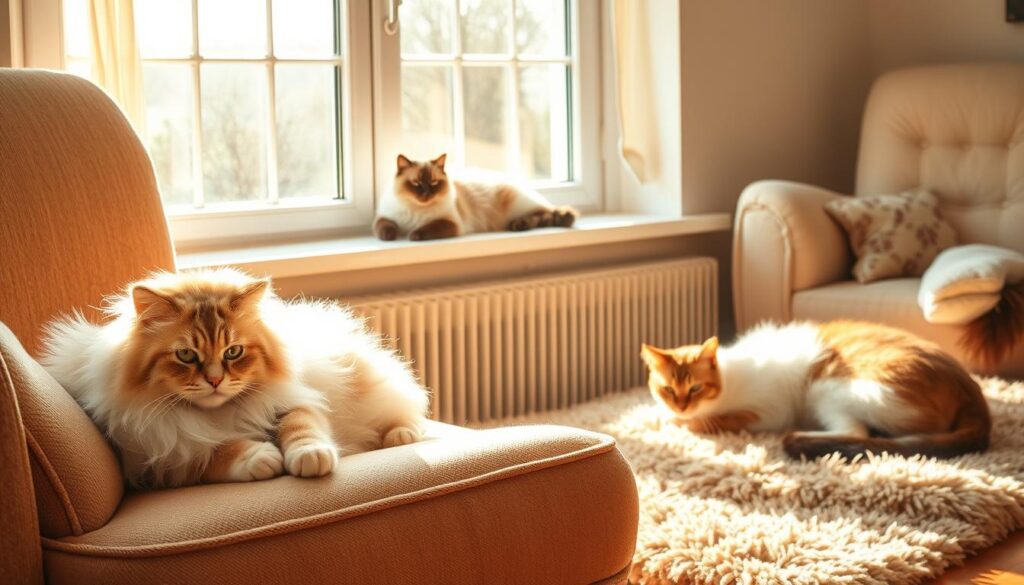
To better understand the differences between low-shedding and non-shedding cat breeds, let’s examine the characteristics of each:
| Breed Type | Coat Characteristics | Shedding Level |
|---|---|---|
| Low-Shedding | Short, dense coat | Minimal shedding |
| No-Shedding | Little to no fur | No shedding |
| High-Shedding | Thick, double coat | Heavy shedding |
Understanding these differences is crucial for individuals looking to bring a low shedding cat breed or non-shedding cat breed into their home, especially for those with allergies.
Top Cat Breeds That Don’t Shed
While no cat is 100% shed-free, certain breeds are known to shed significantly less than others. These cats are ideal for owners who want to minimize cat hair around the house. Let’s take a closer look at some of the top cat breeds that don’t shed much.
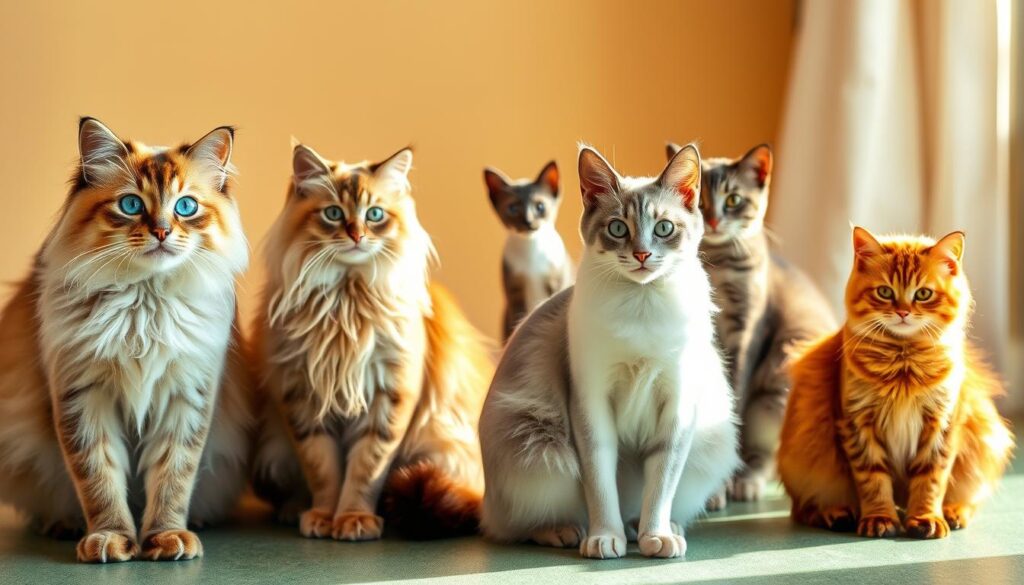
Sphynx
The Sphynx is one of the most recognizable breeds due to its lack of fur. However, this doesn’t mean they require less grooming. In fact, Sphynx cats need regular skin care to maintain the health and quality of their skin. They need frequent bathing to remove oils that can build up on their skin.
Cornish Rex
The Cornish Rex has a unique, curly coat that is low maintenance and sheds very little. Their coat is often compared to suede, and they come in a variety of colors and patterns. The Cornish Rex is a great choice for those who want a cat with a distinctive appearance and minimal shedding.
Devon Rex
Similar to the Cornish Rex, the Devon Rex also has a curly, soft coat that sheds minimally. They are known for their slender build and large ears, giving them an elfin appearance. Devon Rex cats are playful and affectionate, making them a great addition to many families.
Siamese
The Siamese breed has a short, fine coat that requires minimal grooming and sheds less than many other breeds. They are known for their striking blue eyes and pointy ears. Siamese cats are outgoing and vocal, often “talking” to their owners. Their short coat makes them a good choice for those who want to minimize cat hair.
In conclusion, while these breeds shed less than others, it’s essential to remember that every cat is different, and grooming needs can vary. Understanding the characteristics of each breed can help potential owners choose the cat that best fits their lifestyle.
Living With Hypoallergenic Cat Breeds
While no cat is 100% hypoallergenic, certain breeds are more suitable for people with allergies, requiring some lifestyle adjustments. To enjoy the companionship of these cats, it’s essential to create an environment that minimizes allergen exposure.
Creating an Allergy-Friendly Home
To reduce allergens, regular cleaning is crucial. Using HEPA filters can significantly decrease the amount of cat dander in the air. Additionally, reducing clutter where allergens accumulate can help alleviate allergy symptoms.
| Allergy-Friendly Tips | Description |
|---|---|
| Regular Cleaning | Frequent vacuuming and dusting |
| HEPA Filters | Reduce cat dander in the air |
| Reduce Clutter | Minimize places where allergens accumulate |
Special Grooming Techniques
Regular grooming is vital for hypoallergenic cat breeds. Frequent bathing and brushing can reduce the amount of loose hair and dander, making it easier for individuals with allergies to live with these cats.
Conclusion
When it comes to selecting a cat breed, understanding the differences between low shedding cat breeds is crucial. While no cat is 100% hypoallergenic, breeds like the Sphynx, Cornish Rex, and Devon Rex are known for their minimal shedding.
For individuals with allergies, proper care and grooming are essential to reduce allergens. Regular grooming techniques and creating an allergy-friendly home can make a significant difference. By choosing a cat breed that sheds minimally and implementing these strategies, you can enjoy a healthier and happier relationship with your pet.
Ultimately, the right cat breed for you will depend on your individual needs and preferences. By considering factors like grooming needs and allergy concerns, you can find a low shedding cat breed that brings joy and companionship into your life.
